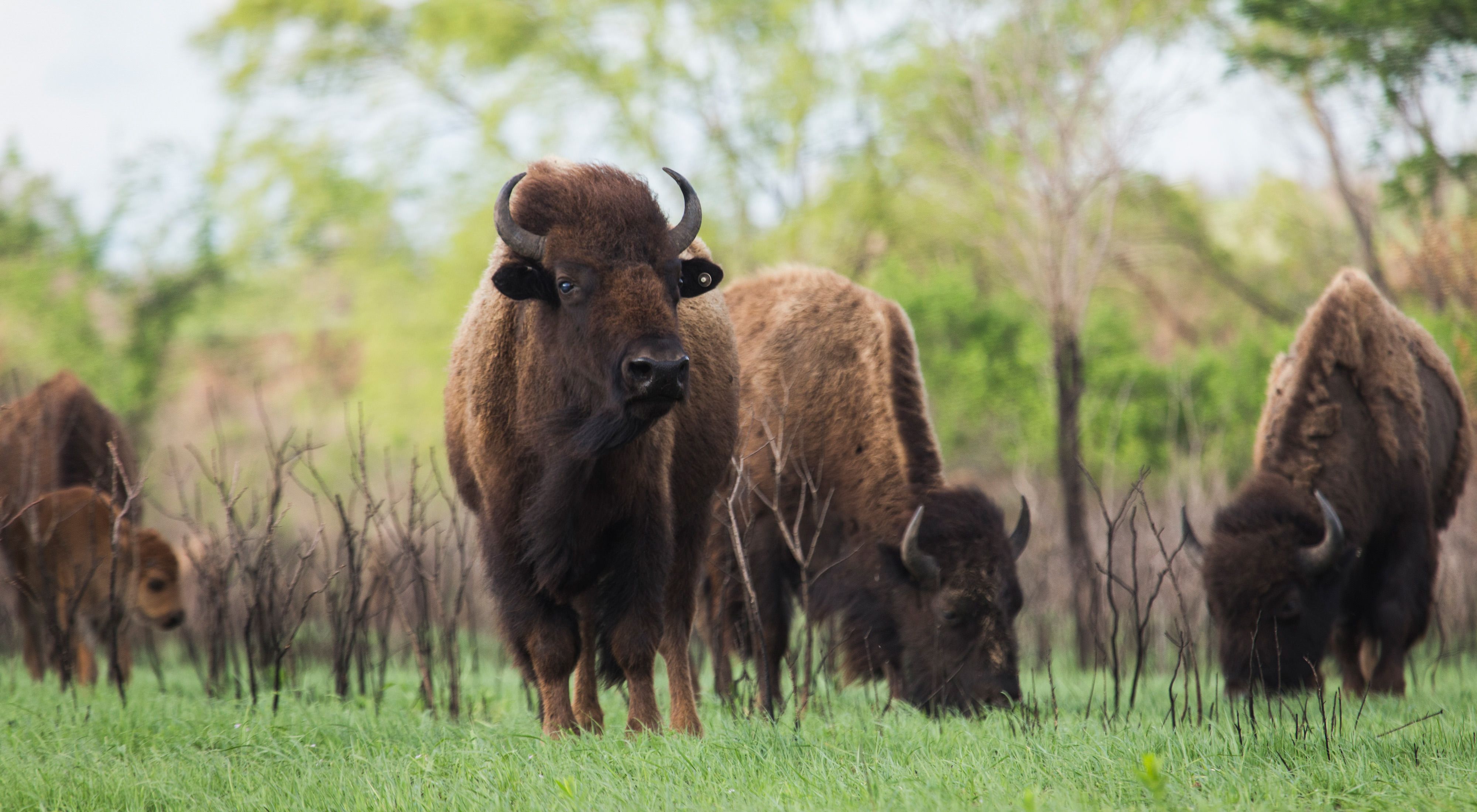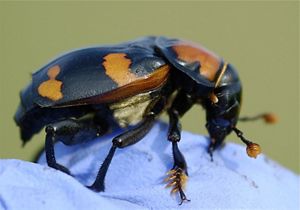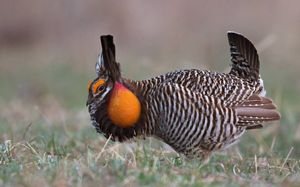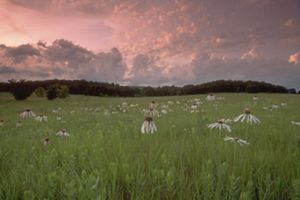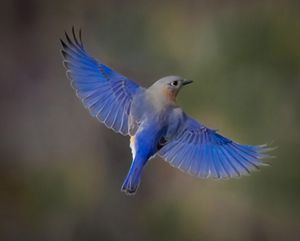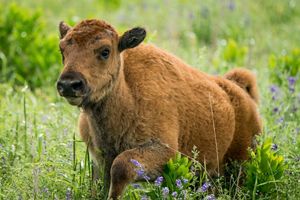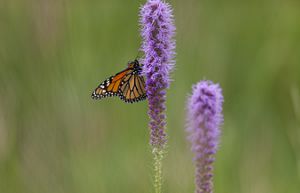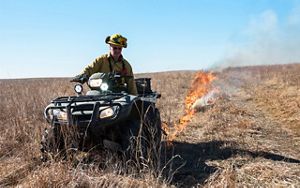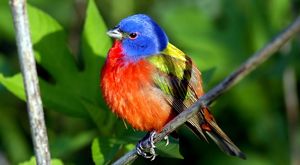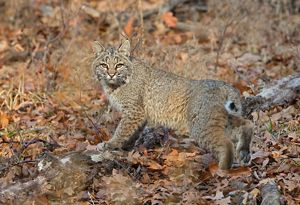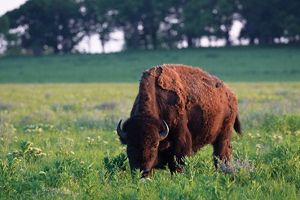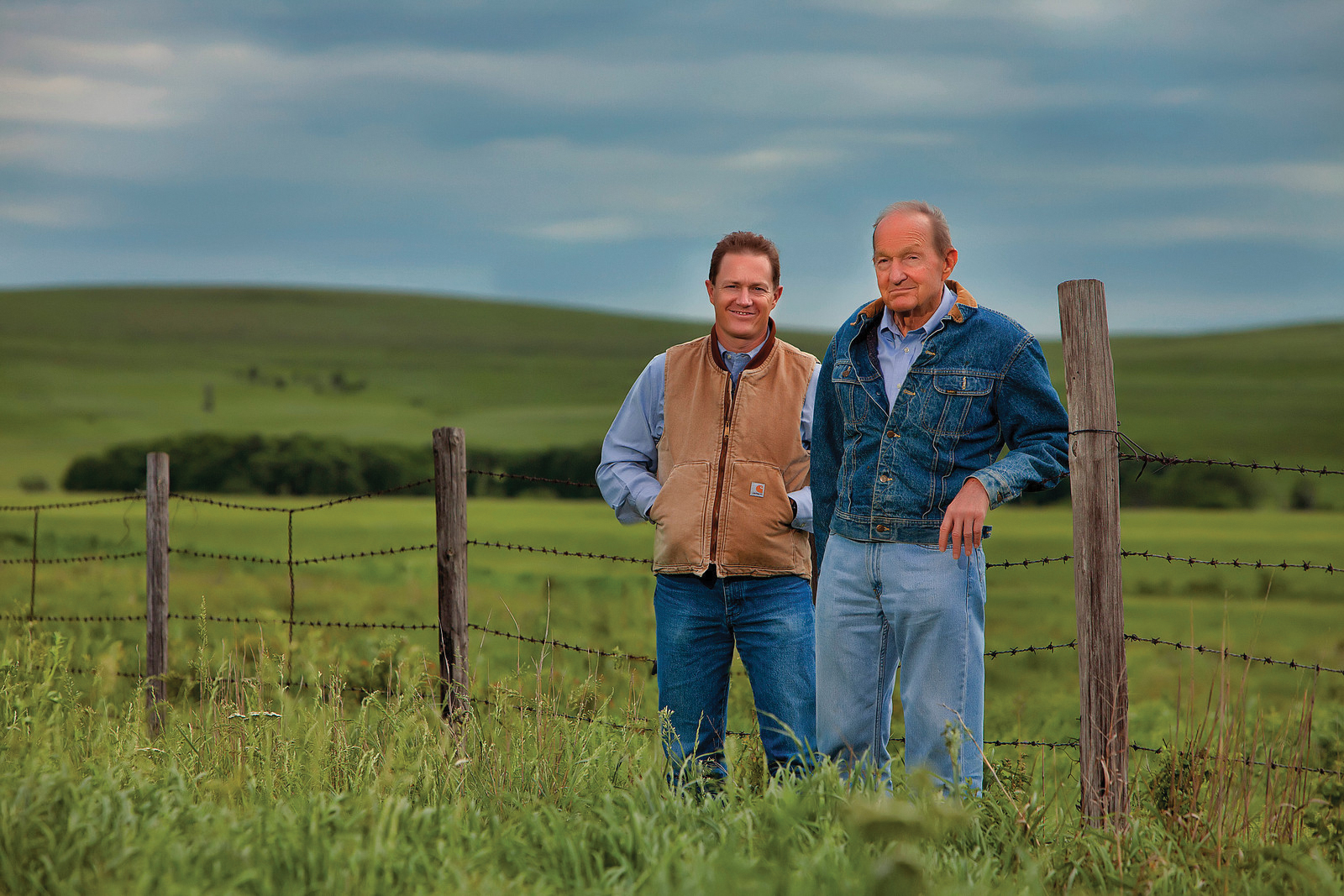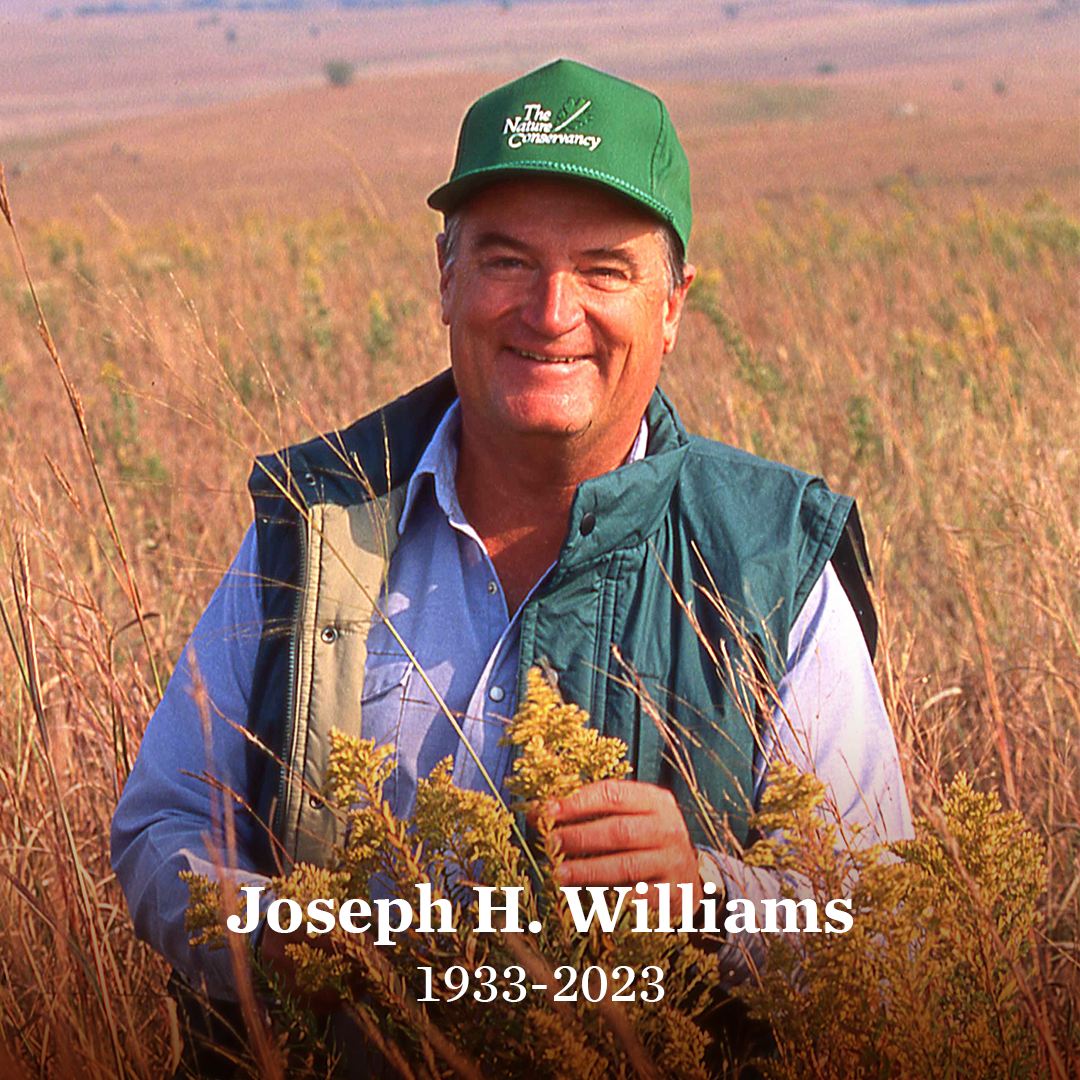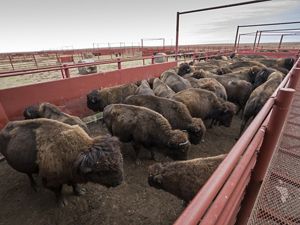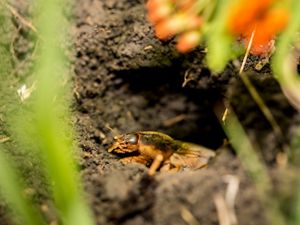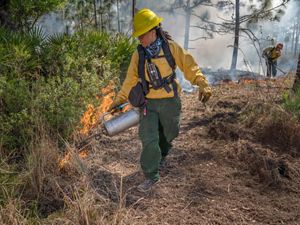By Mike Fuhr, Oklahoma State Director
I can’t say for sure what sparked Joe’s love for the tallgrass prairie of northern Oklahoma. I imagine Joe standing in a field of golden grass, enchanted by a peaceful sunrise as the quail he was there to hunt scurry around him—inspiring his dream of conserving the prairie for generations to come.
Joseph H. Williams’ contribution to conservation surpasses Oklahoma’s borders and is nearly impossible to quantify. I am saddened to share that Joe passed away April 27, 2023, at the age of 89 in his South Carolina home, surrounded by family. He will be remembered as a loving husband, father and grandfather, a savvy businessman and a visionary naturalist. Without his vision and dedication, it’s very likely The Nature Conservancy’s Tallgrass Prairie Preserve would not exist.
Joe approached conservation with the same determination, vision and leadership as his business—paving the way for innovation and growth within TNC. His journey began when he joined the Tallgrass Prairie Preserve Association, a small 501c3 supporting a bill to form a federal national preserve. Although the bill they supported did not move forward, Joe was not deterred. In the mid-1980s, he met with TNC’s senior leadership, who supported his vision and encouraged him to form the Oklahoma chapter of TNC. By 1986, Joe had put together the inaugural board, where he sat as chair, and the Oklahoma chapter was in business. However, his service did not end there. His exceptional leadership skills were noticed, and he served on TNC’s National Board of Governors, now called the Global Board of Directors, for a decade, from 1987 to 1997. During his tenure, he served as chair for two, two-year terms, when most only served one term.
In this part of the world, tracts of significant scale covering tallgrass prairie were rarely listed for sale. Even today, land is usually kept in the family—passed down from generation to generation. So, when the historic Barnard Ranch outside Pawhuska, Oklahoma, was listed for sale at a bargain price, he knew it was the opportunity of a lifetime. Joe motivated our state and national boards to act—leading to TNC’s first-ever national fundraising campaign in support of a singular preserve. Years later, his hard work paid off. TNC raised $15 million, more than $35 million in today’s dollars, and purchased the 29,000-acre tract in November of 1989.
In 2015, the preserve was renamed in Joe’s honor as the Joseph H. Williams Tallgrass Prairie Preserve. Today, the preserve spans 40,000 acres and is home to a herd of approximately 2,200 free-range bison. Over the years, hundreds of thousands of visitors from Oklahoma and around the world have visited the preserve—all thanks to Joe.
Joe Williams established an inspirational foundation of conservation in Oklahoma—a foundation on which we continue to build. I am proud to share we are building upon Joe’s legacy as TNC plans to conserve 210,000 additional acres of tallgrass prairie in Oklahoma and Kansas over the next seven years as a part of our Flint Hills Initiative. Without Joe’s initial vision and leadership, we would have never conceived such an aspirational goal.
